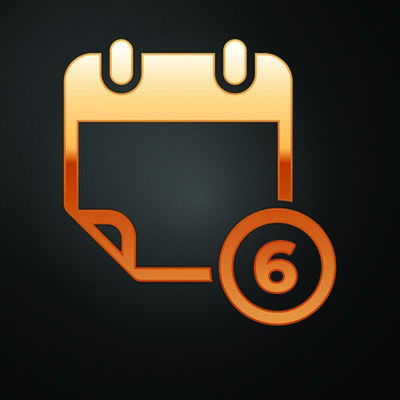If you are currently still using Windows 7, it isn’t as though you won’t be able to use your computer after the January 14. Rather, you will no longer be able to do so securely. The device in question would no longer be receiving the kind of updates and support necessary to protect it from developing threats, and its functionality could degrade as a result. You could also potentially put the safety of your network at risk, if such a device is attached to it. Granted, there are ways that you might still be able to use devices running out-of-support software (like Windows 7) after the official date passes – especially if you need a particular solution to continue a certain business function. You could simply isolate the machines running the susceptible software from the rest of your network, but you still run the risk of these systems being taken offline through some unpatched vulnerability. Your best option is to have a plan in place to retire these solutions and continue your operations in some other way. How You Might Do That There are several options you might consider: Bite the Bullet and Upgrade to Windows 10 Honestly, this is probably your simplest route to take. Windows 7 and Windows 10 have similar operating requirements. In fact, Windows 10 relies on surprisingly little to function: Processor – 1 GHZ or faster RAM – 1 GB for 32-bit or 2 GB for 64-bit Hard disk space – 16 GB for 32-bit or 20 GB for 64-bit Graphics card – DirectX 9 or later with WDDM 1.0 driver Display – 800 x 600 resolution Take note – we said function, not perform. A computer with these specs running Windows 10 simply isn’t going to be very fast, so it makes sense to do more than we’ve listed here. Try using a 2 GHz dual-core processor, installing between 4 and 8 GBs of RAM, and upping the hard drive to 160 GB. Replace Your Hardware To be honest, while this is your easiest option, it is effectively guaranteed to be the most expensive as well… but with so little time left, it may be your best option to keep yourself secure. New hardware will come with Windows 10 installed and will receive regular updates – the only downside is it may take some time to configure. Use ChromeOS Many businesses are considering the tasks that their employees are responsible for and opting to provide them with Chromebooks rather than Windows workstations. While the cost-effectiveness of this approach can’t be argued, there are other issues to consider. Any line-of-business application would need to be virtualized, and Internet access is a prerequisite to using a Chromebook. While this may be a budget-friendly option on the surface, these hidden costs could cause a rise in your overhead. Use a Thin Client Via Virtualization In some ways similar to using the Chromebook option, you could simply repurpose your old hardware to host virtualized thin clients to accomplish what needs to be done. Of course, with the looming deadline, this may also be a challenge to pull off. However, Microsoft will still offer the option to use a service called Microsoft 365, which combines Windows 10, Office 365, and a terabyte of OneDrive storage along with the security […]
Support for these two titles will end on January 14, 2020. If your business hasn’t upgraded away from them yet, you should start to take measures now. If you don’t attempt to do it immediately, it’s critical that you at least begin to think about the process, as a full migration takes time that you won’t have six months from today. Vulnerabilities can show up when you least expect them, so let’s take a look at these titles now to make sure that you can prioritize security during this shift. Windows 7 Windows 7 has remained one of Microsoft’s most popular operating systems for quite some time. It wasn’t until just this past December that Windows 10, Microsoft’s latest operating system, surpassed Windows 7 in number of users. You may have already seen the advertisement campaign warning users to upgrade away from Windows 7 as soon as possible. The most logical step forward for organizations that need to upgrade away from Windows 7 is to make the jump to Windows 10. Windows 10 is constantly supported, meaning that it instantly has an upside that is simply impossible to replicate with Windows 7. If you need to move a lot of workstations over to new operating systems, it will be difficult for you to do so in a timely manner. In cases like this, it’s best to work with our consultants. Another option is to go the Microsoft 365 route, which is a cloud-based service that targets the millions of Windows 7 users that don’t have the capital to cover the initial costs of an upgrade to Windows 10. SRS Networks can help you determine the price of migration to an on-site infrastructure or a hosted solution. Either way, your business has until January 2020 to make the move. Windows Server 2008 R2 In addition to Windows 7, Microsoft will also be retiring its Windows Server 2008 R2 suite. This means that any organization that relies on it for data and application hosting will need to have a migration plan in place well ahead of the support date. Just like Windows 7, Microsoft will stop delivering security patches to Windows Server 2008 R2, meaning that there is a significant chance of your business becoming vulnerable to threats. Microsoft has issued two new versions of the Windows Server software, as well as implemented the cloud-based Azure platform. It could potentially save you money when you’re making the jump to a new operating system. For more information about how to make sure this happens without a hitch, be sure to contact the IT professionals of SRS Networks at (831) 758-3636.


